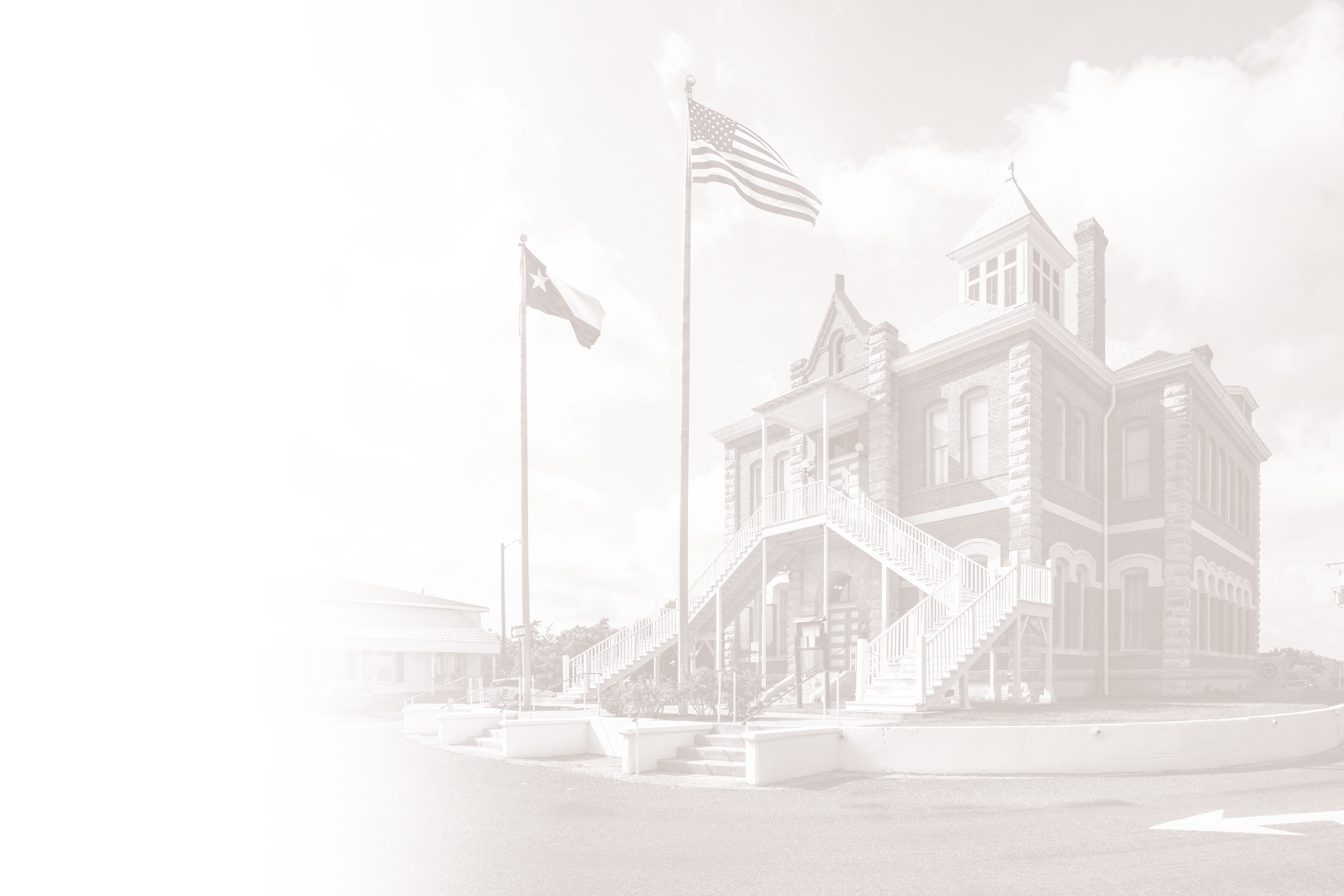Paving the Way for STEM in History Museums
This virtual workshop series from spring/summer 2021 explores effective and affordable ways to incorporate STEM (Science, Technology, Engineering, and Math) topics into history museums. Each workshop includes a teaching webinar and pairs an interpretive tool with a STEM-based resource, highlighting how to use writing, oral presentation, hands-on activities, and interactive strategies to effectively connect to visitors both onsite and online. Using examples from Texas transportation history and environmental topics around the state, the workshops provide tangible examples and tools that can be adapted and implemented at institutions of any size.
This free workshop series is supported by the Texas Department of Transportation. Watch this video (17 minutes) to learn more about local history resources available from TxDOT. Also check out the Beyond the Road Educator Resources.
Request a free copy of Math Art and Drawing Games: 40+ Fun Art Projects to Build Amazing Math Skills by Karyn Tripp (preview here), provided by the MathHappens Foundation.
AASLH produced a technical leaflet in 2015 titled "Integrating Science at a History Museum," which can be downloaded here.
Instructors
Kate Betz is the Deputy Director of Interpretation at the Bullock Texas State History Museum, where she leads the Museum's education, exhibitions departments, web, and digital media departments, seeking to tell the continually unfolding story of Texas through meaningful educational experiences. Serving more than 300,000 people annually, education programs and exhibitions have at their core the desire to share unique experiences with a diversity of people in an environment that encourages life-long learning and development. In addition to programming, Kate also ensures coordination of interpretive messaging, manages the museum's ongoing evaluation efforts and leads the team responsible for the Museum's social media channels. Prior to coming to the Bullock in 2009, Kate managed public programming at The Farmers’ Museum and the Fenimore Art Museum in Cooperstown, New York.
Kaitlin Lloyd-Leva is the Head of School Programs at The Bullock Texas State History Museum, where she works to bring the Story of Texas to life for students and teachers, both at the Museum and in their classrooms. She creates on-site experiences for students and provides professional development to teachers that encourages the study of multiple viewpoints and a multi-disciplinary approach to teaching at the Museum and in the classroom. She also manages the distance learning programs which bring the Museum into the classroom regardless of where students live. Prior to coming to the Bullock in 2013, Kaitlin managed the traveling trunk program as the Distance Learning Coordinator at the North Carolina Museum of History. She has a B.A. in History from Texas Christian University and an M.A. in Public History and Museum Studies from North Carolina State University.
Evan Windham is the Senior Digital Producer at the Bullock Texas State History Museum, where she develops and supports digital projects through design, content creation, and evaluation. Evan oversees user experience and interaction for exhibition technologies and designs meaningful interactive environments to support museum programming and exhibitions. Evan also oversees institution website updates and works to provide engaging educational experiences across all of the Museum's online properties. She has a B.A. in Film Studies from the University of Missouri-Columbia and an M.P.C. from Edith Cowan University.
